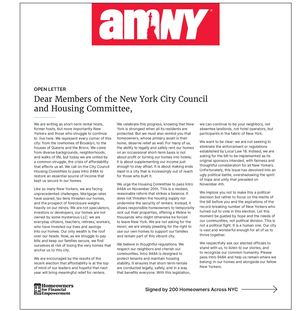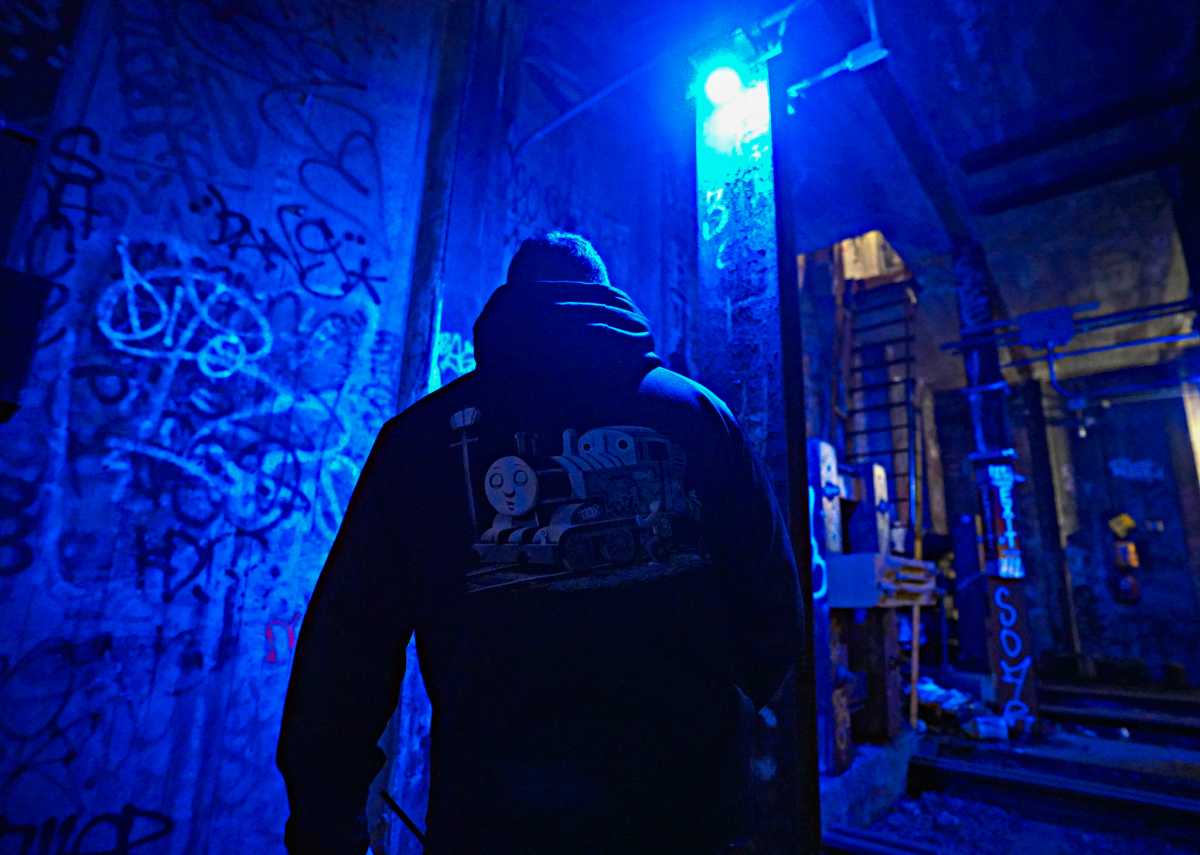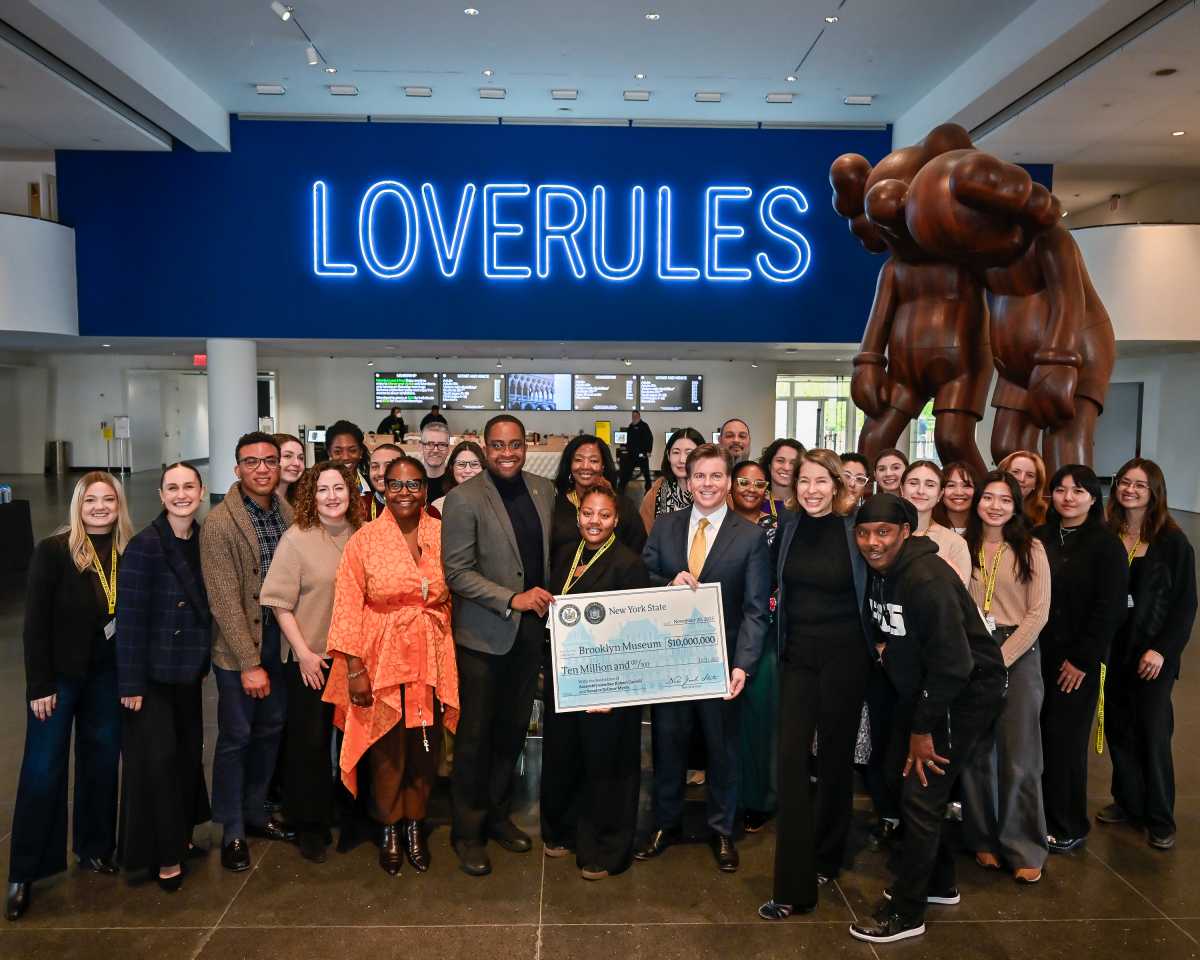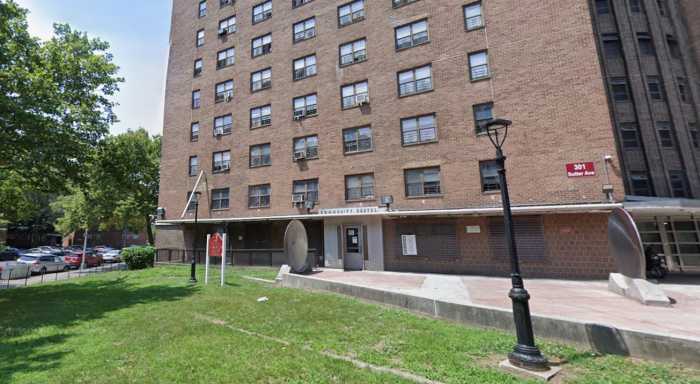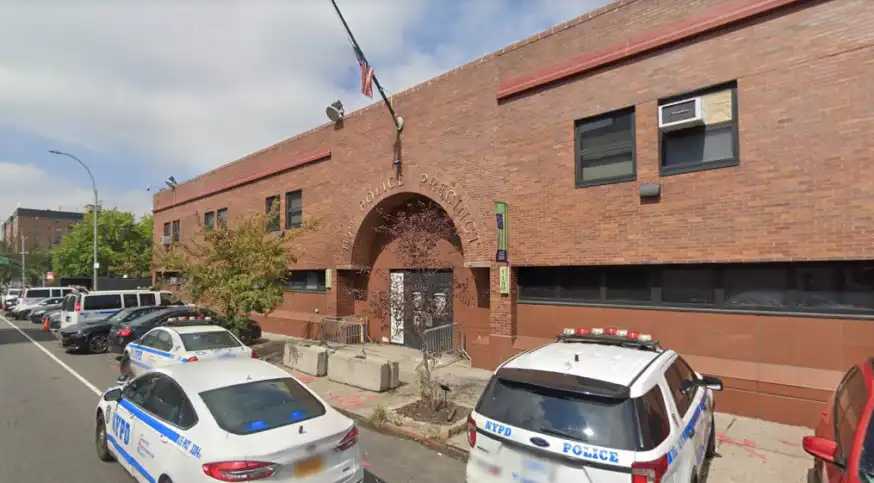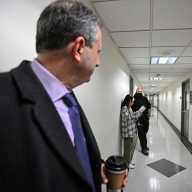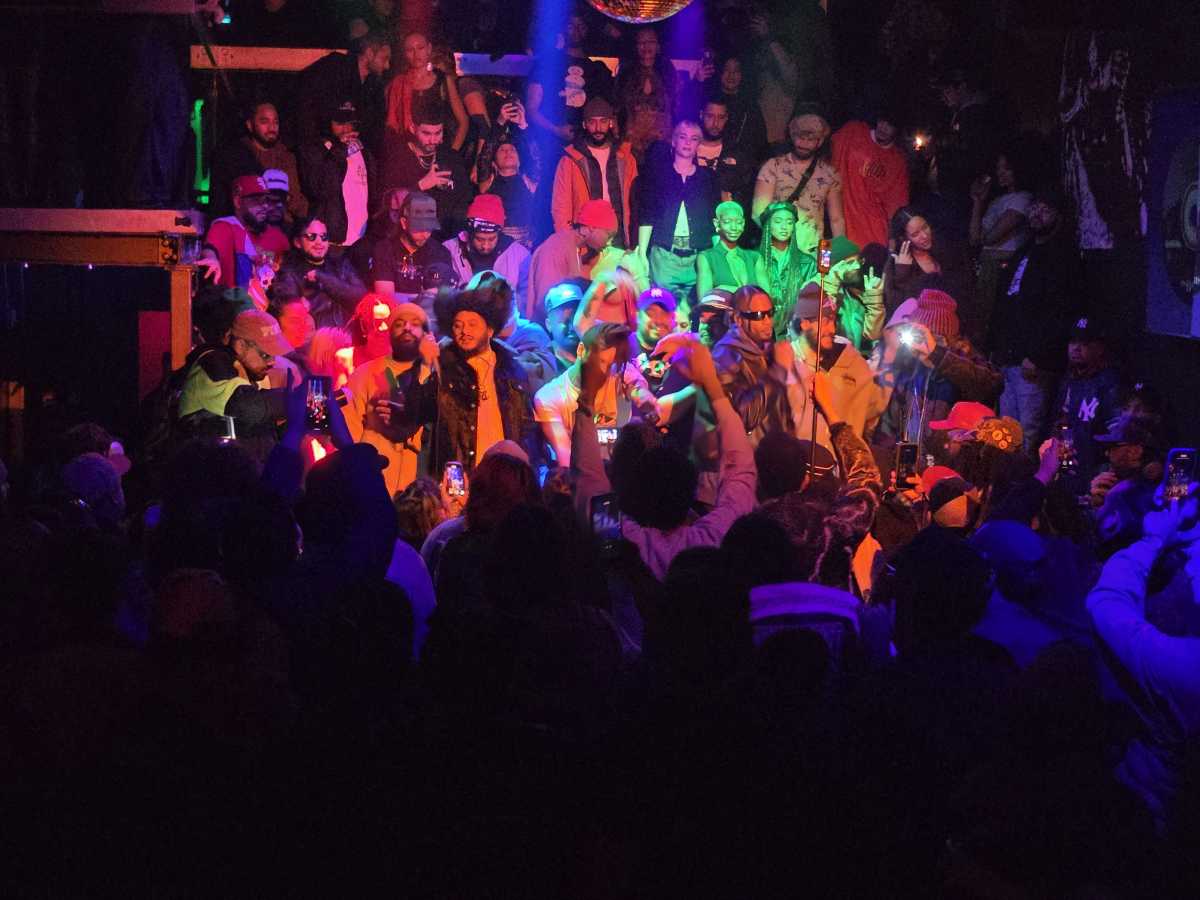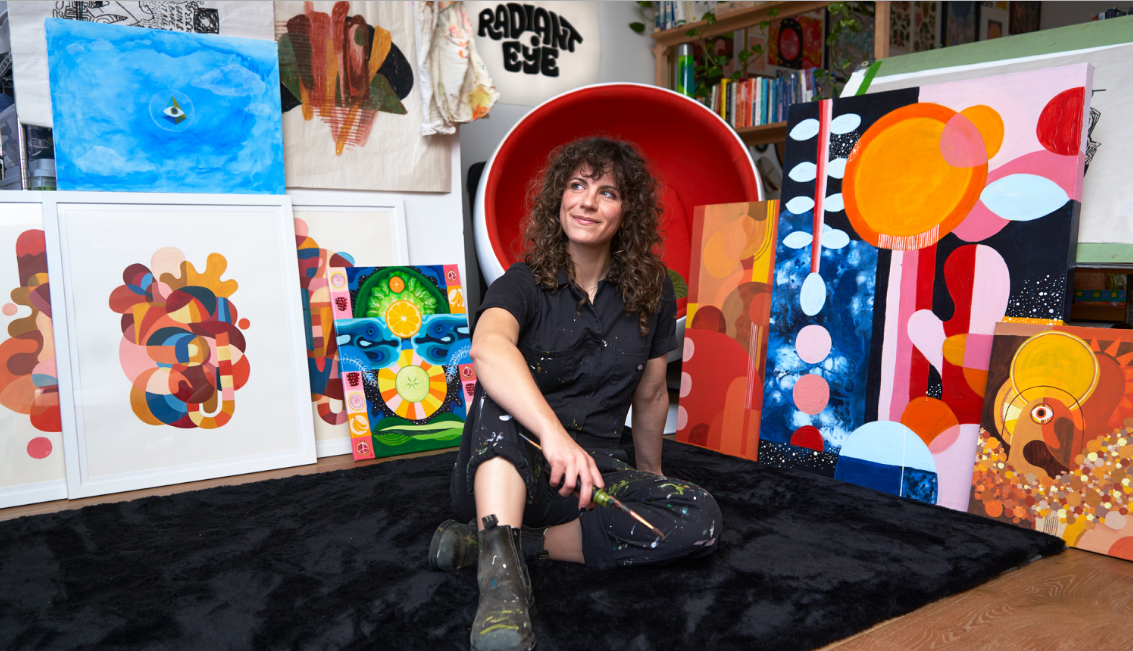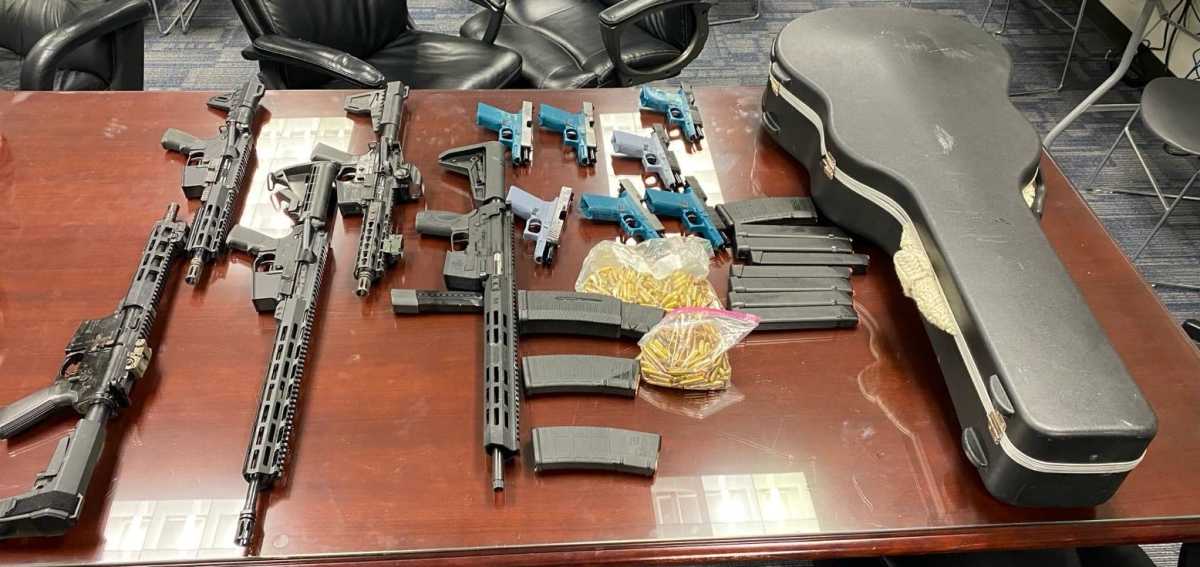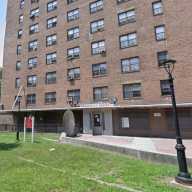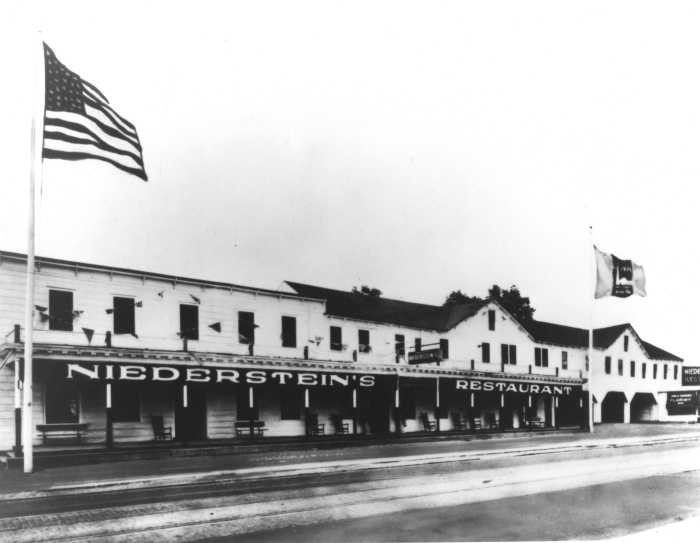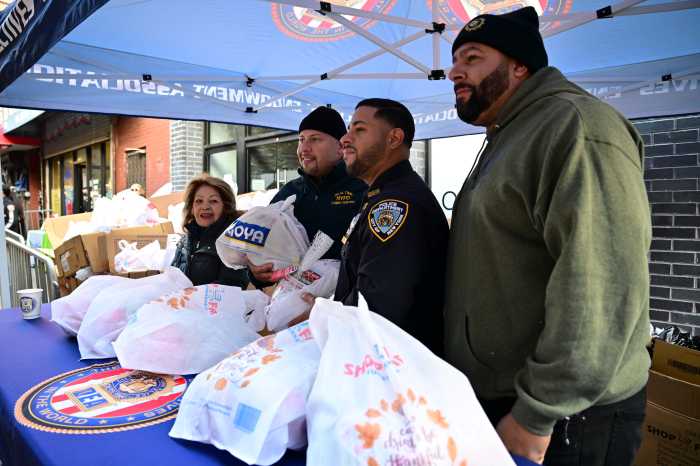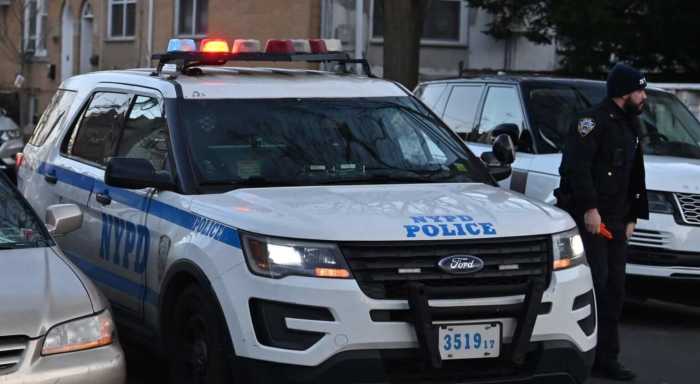The NYPD Transit Bureau Citywide Vandals Task Force entered the bowels of the city on Tuesday afternoon, following the glint of the rails as they searched for trespassers who use the off-limits subway lines as their personal graffiti playground.
amNewYork Metro followed along in an exclusive inside look at their daily tasks, climbing into the darkness of Brooklyn’s Church Avenue before venturing beyond the platform — pushing through tight corridors and dodging the lethal third rail.
These officers expose themselves to the dangers of the subway tracks every day for a singular purpose: stopping graffiti vandals who mar train cars and ruin New Yorkers’ commutes every day.
Not long after putting on blue latex gloves and carefully descending ladders from the street, the task force members – under the leadership this day of Gerardo Meola — find evidence of graffiti vandals.
The dusty corridors — so tight the cops had to traverse it in single file — were scrawled with graffiti. Amongst the coated walls sat discarded spray cans, just another clue tipping police off to exactly who had been venturing into the dark.


As the officers approached the track area they had to descend further still — heading down a ladder spanning about a 70 foot drop. Here, Meola spoke of a host of potential deadly dangers that present themselves to both illegal graffiti artists and the cops.
“There are many risk factors. The two biggest things that are there: the third rail and the train itself. These tracks are live, the power is not shut off. My guys have to make sure they know when the trains are coming,” Meola explained. “It’s very, very dangerous, [and] 99% of the time, no one but my unit knows we’re down there.”
This became clear as the Transit Bureau Citywide Vandals Task Force reached what is known as the layoff area, where trains are stored when not in use. Here, graffiti artists have not only tagged walls but also attempted to leave their marks on the train cars themselves.
That strikes at the core reason why Meola and his team put themselves at such great risk to stop graffiti: To limit graffiti-related service disruptions, and keep trains in service to commuters.



“Every time a train gets hit with graffiti; it takes that train out of service. So, our goal in transit is to make sure that the trains are running on time and that ridership is safe,” Meola explained. “If you’re going to work and you have to be at work at eight o’clock and the train is delayed because of graffiti, it’s going to get you upset.”
Following along the track in the dim, murky flashlight, the team came upon an array of strewn spray cans, splattered paint and rollers littering the roadbed. They then discovered a crate and tub balancing on one another just above the third rail.
Police say these objects are used to give vandals a higher vantage point when tagging trains or walls, yet their unsteady nature and proximity to the deadly third rail make opens the door to catastrophe.


Then came a train rolling into the area — the unmistakable sound of the rumbling train car, the bright white headlights piercing through the darkness. Now, perhaps, is the most risky part of the officers’ jobs — getting the motorman’s attention, and getting out of the way, before it is too late.
Spotting the flashlight, a train operator called out to the cops believing they were intruders. The officers had to cross the tracks to identify themselves with their badges.

As skilled as the officers are in navigating the dark, dangerous terrain, so too are the vandals.
According to the task force, an underground society of international graffiti artists who share information amongst themselves regarding the best places to tag with the ultimate goal of leaving their mark in the Big Apple.


“Let’s say for example they come from Germany or Spain, and they get in contact with somebody in the States. And they say, ‘hey, where can we spray a train tonight?’” Meola said. “They hit a New York City train, it’s like a trophy for them.”
Read More: 2024 Kentucky Derby Betting: Odds, Predictions
Although the team did not find an active vandal this time, they yearned to make it known that they are stalking the shadows waiting for a vandal to strike. The message to the vandals was clear: Above or below ground, in darkness and in light, graffiti vandalism is illegal, and police will work to stop those responsible for creating it.



Read more: Two Killed, One Hurt in Bronx Shooting
